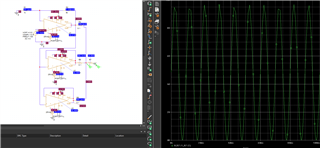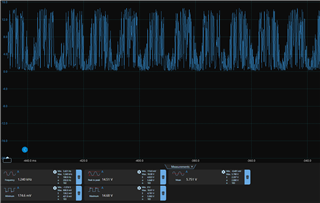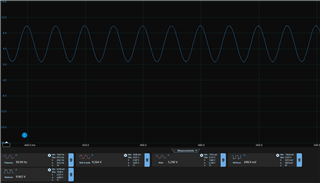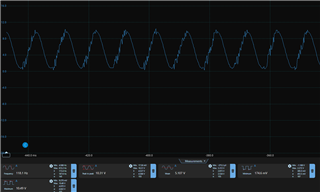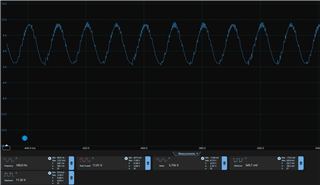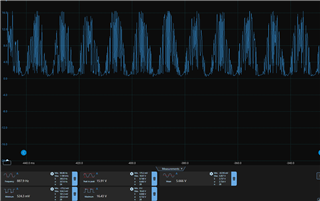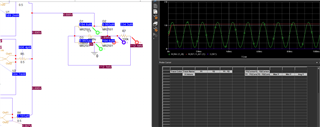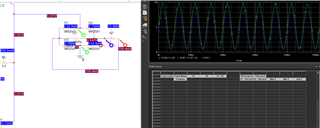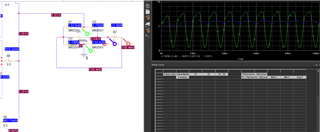Tool/software:
I'm using three OPA549 connected parallelly, one master driving two slave. When 1VAC is applied as non-inverting configuration with gain of 10 getting clean output 10VAC without load. When 1ohm resistive load is applied, when output wave getting noisy. I can see the sine wave but have too much noise.
Note: Below I've already tried, nothing helped.
1) I've tried snubber circuit with different values between 3ohm to 10ohm/ 0.1 uf to 0.01 uf.
2) Very good heat sink
3) Decoulping capacitor both input and output stage
4) RC Filter at output stage


